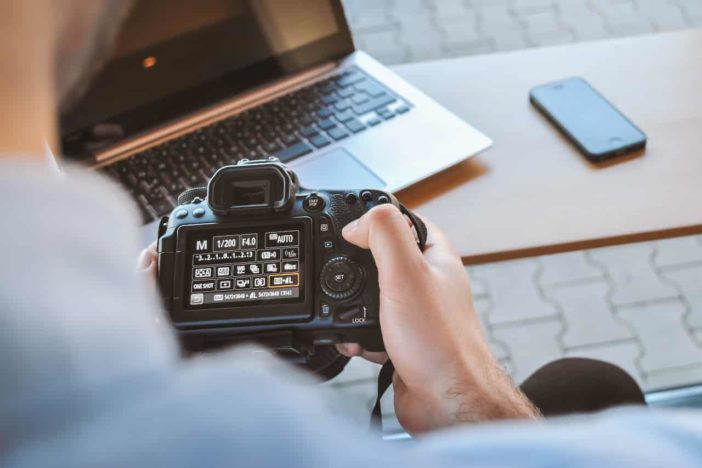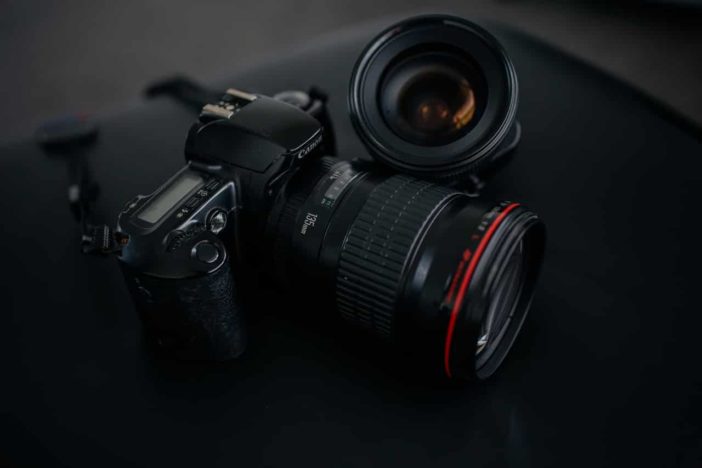The visual arts have always played a big role in human society. Whether that is in painting, acting, or more recently in video and photography, it’s true that a picture says a thousand words, if not more. Today with businesses being online and the world being digital, people are using good photos as a way to market their products, their city, or even themselves. It’s a fact that we can’t deny that if something doesn’t look good, people are less likely to be interested in it.
A lot of people who are looking to get into photography or just improve their ability to take good photos, often get caught up on camera choices. While it is true that a better quality camera is a very valuable asset for any photographer, in reality, you can get very good-looking photos even without a professional-grade camera. Moreover, a lot of the mistakes that even experienced photographers make are actually bad strategic choices more than limiting factors such as poor equipment or lack of knowledge.
If you want to make the most out of your resources and take your skills to the next level, here are a few words from the best in the business.
1. Format
If you have any interest in photography or you are just a regular computer user, you most likely have come across terms such as JPEG and PNG. As you know, these are image formats, and different formats can vary a lot in file size and image quality. However, for photographers more than just the file size an image needs to have flexibility because you are most likely going to be editing it later on, even if it is just a minor touch-up. Your preferred image format should be RAW or at the very least RAW+JPEG as this will give you the most flexibility. The main difference is that when editing a RAW image allows you to only change the final image without altering the original image. Moreover, it’s much better quality than JPEG though it comes with larger file size.
2. Editing
In the past image editing was something that was considered a very complex process and something that only professionals could do. While it can still be extremely time-consuming and difficult today, it’s something that has become much more common after the inception of the smartphone. Several apps have in-built editing features but professionals still rely on different photography products to get the image according to their taste. It’s not uncommon to see dedicated photo-editing computer rigs in a photographer’s arsenal and the results and flexibility you can get from a professional image editing studio are second to none. New photographers make the mistake of editing photos to the extent that they become unrealistic. The edit is meant to enhance the image, not make it seem artificial.
✋ Warning
3. Workflow
If you are planning on taking up photography professionally or your hobby has grown to the extent that you are always taking photos and thinking of photos and you are looking at life through the lens, then you need to consider streamlining your operations. From brainstorming to shooting to editing to printing, there’s a lot of work that goes into the process. You can use a variety of paid and free tools to organize your workflow and improve your overall efficiency. You will notice that as your data bank grows simply keeping things in order in a way that you can easily find them later becomes a real challenge. Then when you are dealing with hundreds of images per shoot, editing can start to take a lifetime. Using these management solutions will help reduce the burden.
4. Backups
Speaking of high-volume photography, what you need is regular backups to keep your data safe. In fact, you should make it a point to clear off all the images from your memory cards, shift them to a PC and also make backups on external storage devices. Then you should format the memory card and start fresh. This is very important as it helps keep your card healthy and significantly reduces the possibility of data loss or hardware malfunction.

There is no such thing as a perfect picture for a photographer. Even if the audience loves it, the photographer will always think of something that could have been better and there are many ifs and buts behind every photo. This can easily become a limiting factor and can induce paralysis by analysis. The only way to progress is to keep moving forward. If you are making mistakes then make them faster so you can learn faster and get to where you want to be. There is a steep learning curve to high-level photography so don’t be afraid to try and experiment and explore your creativity.





